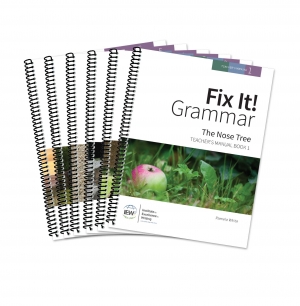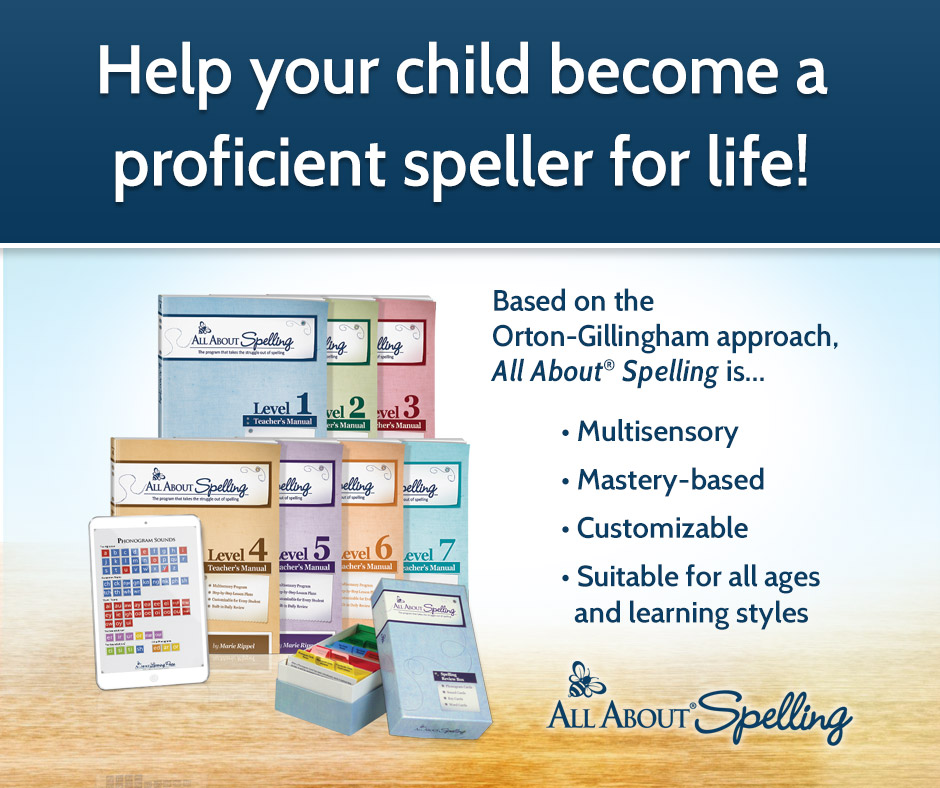
I don’t like to generalize very much – especially when it comes to kids. They are each uniquely formed individuals. But I have heard over the years that boys often struggle more than girls with writing and coloring – at least in the early years. I haven’t given it much thought until lately.
Our older girls were interested in art and writing SO EARLY! I can remember two year old “letters to Grandma” which were just scribbles, but dictated scribbles. Both were early “artists” who have developed their skills seemingly effortlessly.
Our little guy is coming up to pre-K/K age and he is not interested in writing. He colors every once in a while – for “school work” – never for “fun.” And only recently he has started drawing his favorite stuffed animal.
This post may include affiliate links. If you click and make a purchase based on my recommendation, I get a small remuneration at no extra expense to you. I only recommend things I use and believe to be a blessing.
Starting “School”
Normally, I wouldn’t give it another thought – he will be ready some day. Let him develop at his own pace. No big deal.
But this year he is “starting school.” I put that in quotes because I honestly don’t know where to place him. Is he pre-K, is he Kindergarten? How does one even gauge this sort of thing?
One of the blessings of homeschool is that it is not required for him to be in any of these categories. Which is a good thing, because some of the things he is doing are clearly 1st grade pursuits. His reading is a marvel. He “tested” into Saxon Math 1 and is thriving in it. And yet…that writing thing. Not even close.
So, I didn’t freak out. I sat back and watched. Then I gave a small amount of instruction. I observed, again. Here’s what I think I am seeing and how I am addressing it.
- Lack of Hand Strength – he just hasn’t developed the hand strength to write with confidence. His first lines were extremely shaky. He, at times seems, scared to write with a bold stroke. The pen barely touches the surface.
- Crippling Perfectionism – even as he is forming a simple line, he mentions aloud that it is not straight. He points out the flaws in his handwriting before I can even praise him for trying. We had another perfectionist before him – she wrote every little “foot” of every letter she saw if she was “copying” from a printed book.
My Strategies for Improving Early Writing Skills
Let me preface all that goes after this with: I am NOT an expert! I have no clue what I am doing most of the time. But, I do observe, think, and attempt to solve the problems we face in our homeschool. All of my solutions are the simplest things I can think of. Thus they are not deeply-researched, expert-driven solutions. They are what has worked for us. Oh, and they are meant to address the two problems stated above. If your student has different issues, these “solutions” may or may not work for you.
Patience
I originally had a simple word about patience at the end of this post. But then I realized it was primary to the preschool years! My little guy is a pruning instrument for me in regards to patience. Waiting until the student is ready is the largest part of education. You can do all the modeling, assign all the tasks, make all the connections, and teach all the curricula. But if the student is not ready, he will not be able to perform the tasks.
My little guy simply was NOT ready for writing. Reading he had down. Math, good to go. Puzzles? He was on top of those like crazy. But he was even interested in writing.
And then one day, he walked up to me with a piece of artwork – unsolicited with his version of the message – “I love you , Mom and I love when you sing ‘I’ve Got Two Hands.'”
Were all the letters jumbled up and the spelling off? Of course they were. But he had written! Of his own accord and on his own account!
I waited for him to be ready and then he was OFF! Since he was ready, his enthusiasm flags much less. He needs less encouragement simply to try. He is a better student, simply because we waited.
Remove the Imperfect Product
As I mentioned above, my little guy is a perfectionist, of sorts. He can see clearly that his writing does not “measure up.” We are not sticklers around here for perfection. Rather, we encourage the attempt. So, invisible writing is what is working for us the best.
Invisible Writing
I am sure it has a “real” name – just involves moving one’s hand in the direction of the letters. The process goes like this:
- Model correct letter/number formation on paper 3 times. Each time I form the letter/number I narrate as I write, too.
- Practice writing the letter/number invisibly. We reinforce the top and bottom lines of writing paper, by making a “bottom line” with our weak hands.
For now, invisible writing is the way we are showing understanding of “writing” in our Math curriculum, Saxon Math 1. That means we practice invisible writing during the lesson following the process above. When we encounter it on the subsequent worksheet, I do not require him to write the numbers for his worksheet. Instead, we do another quick “invisible writing” number and I write it for him on the worksheet. He calls it, “Teamwork makes the dream work.” I have him do the coloring and drawing for his worksheets.
To see this modeled instead of just written about, check out this video of my little guy. Notice the big smiles? That’s what I am going for!
Laser Door Writing
Similar to “invisible writing,” I noticed this activity in Handwriting Without Tears as I was researching more ways to get my guy to write. I love the idea and it is simple to implement. In fact, I am planning on doing this as part of our preschool efforts for our youngest next year.
Simply grab a laser pointer. Can you believe they are so easily obtained these days? When I was a kid, these things were like gold, right? Ok, sorry…grab a laser pointer. Have the student grip the pointer as he would a regular pencil. Demonstrate the writing motion on the “big screen” – a door in your home. The lintel of the door would be the top line, the floor the bottom line, and the door knob, the center line.
Move Toward Permanence
Salt Writing
We have had a salt-writing box for years in our home! I have found it useful for our early writers, working on penmanship. I created one using a Sterilite bin {like these} – and a big container of iodized salt. Psst… I didn’t use sugar for a reason. The latch on the box has allowed me to put away the salt-writing box for a while and only take it out when we are ready.
For my little guy, I like to find a small twig, instead of a pencil. It’s just cooler to “write” with a twig. Depending on what we are working on – letters or words, I will have him write his in the salt-writing box and show me his work. The salt writing bin still allows him to have space to make big letters. But it is the beginning of true parameters for writing. He can only write so large and must start to mentally strategize how he is going to adjust the size of his letters to fit an entire word in the box.
Number/Letter Mazes
I created some simple cards with what I call number mazes on them – years ago. We have been using them since then because I laminated them – here are some of my best homeschool printing hacks.
To utilize them with my little guy, I use them instead of the number cards from Saxon Math 1. I give him the cards to put in order, reverse order, etc. He gets to use another great writing tool for early writing – the wet-erase marker. Wet-erase markers work better on lamination than dry-erase markers. I prefer two brands of wet-erase markers, but I tend to give my little guy the Vis-a-Vis markers because their tips are more forgiving.
For our mazes, I let my guy pick his color and mine. Then I model the filling in of the maze and ask him to write his numbers in the space provided. Here again, the space for creating the letter or number is getting smaller. But there is still room for wobbles and such.
You can pick up our number mazes and lowercase letter mazes in our shop.
Turn the Tables
This is my absolute favorite teacher trick…EVER! Allowing the student the opportunity to become the teacher is sorta magic!
Here’s what I do. First, I give clear instructions on writing letters or numbers a number of times – lots of practice. Then I tell my student I am going to be their scribe. Whatever they tell me to write I am going to write. But I “forget” how to write these letters and numbers.
During this exercise, I remember to ask them lots of questions about proper letter and number formation. Questions like:
- Where does this letter start?
- Is it on the top line or the bottom line?
- Which way do I curve the line?
- Where does the number stop?
- Does it look like x [number or letter]?
I notice this practice does two things I can immediately identify.
- It gives the student a vocabulary for discussing letters and numbers. Top line, bottom line, middle line, curves, lines, etc. All these things help to create an inner dialogue for the student to use as he goes to practice his writing.
- It allows the student to see his thoughts about forming letters and numbers are correct. Since I only write what he tells me to write and I only write correct letters, he sees he can write the letters!
As I said this little trick is so perfect for this age for another reason: it gets students ready to write for themselves. Without fail at the end of the sessions where my guy is the teacher, he is ready to just show me. We have discussed it to death, and sometimes I still “don’t get it.” By the time, I have messed up the letter or number a couple of times, he is ready to show me himself how to do it!
VOILA! We have a ready writer! He is unafraid. He is…WRITING BOY!
A Word About Hand Grip
I have seen lots of little tricks to help a student learn proper hand grip. And I can’t ever seem to remember them at the moment I need them. So I tell my little guy two things about hand grip.
- “You need a strong base to form strong letters.” My guy has a tendency to not rest his hand on the paper as he is writing. As a result, his letters are wobbly. I showed him his hand is stronger when he puts his fist down.
- “Pinch.” It is a marvel to me that I need to instruct my guy on proper hand grip. My girls started writing and coloring as if they have always known proper grip. In fact, I noticed my three-year-old holding her crayon with perfect pencil grip the other day. My little guy, on the other hand, he needs instruction. I tell him, “Pinch.”
Remember that patience thing I talked about already? It is absolutely necessary here, too. I have modeled correct pencil grip for my little guy so many times. So many! And I have helped him to find his strong base for writing time and again.
That’s what I have for early years fine motor skills. Interested in more early learning ideas? Check out these posts:
- Simple PAL Learning – our favorite reading program!
- Simply Reading Aloud
- Simple Preschool Planning
- What Kindergarten Looks Like in our Homeschool…Really














